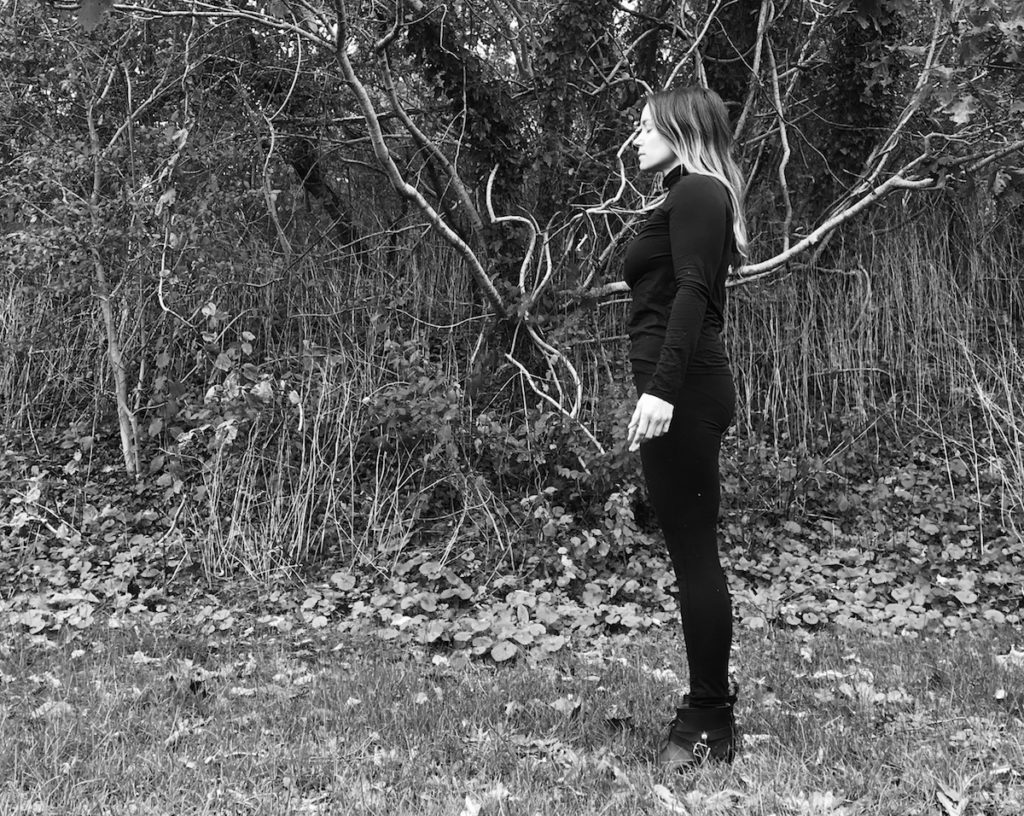
I’ve been sitting on the couch a lot, looking at my phone, and balancing my laptop on my knees. In the past, I probably would have felt bad about this, but it is 2020, after all. The couch slouch pose is in heavy rotation right now. It wouldn’t be right to breeze over the immense stress we’ve all been under. In a recent Zoom conversation with my therapist, she asked me to list “all the things that make you feel anxious or stressed.” I stared at her and protested, “But we only have 50 minutes left!” We laughed; then I began listing.
This exercise, bringing to mind the “things” that create anxiety or stress, could, in some situations, create more of the same. But properly supported, it was a relief for me to name it all, starting with what’s closest and affecting me most, and moving outward.
It wasn’t until I was helping a client later that week that I realized I ask students to do something like this in my yoga teaching: start with what is closest, most central, and move outward. Finding your center is an effective tool for many physical practices, especially yoga. When I’m teaching, I can see that providing a student with enough direction to locate her own “center” and then move from that plane is far more powerful than saying, “Move your arm towards the wall,” or “Move your legs like this.”
When you understand where your center is, you not only move with more spatial awareness, but you are grounded, which is a source of strength.
Finding your center requires some imagination. My favorite imaginative tool right now is mapping the pelvis to find a centerline in the body. In class, I cue students to do this with their eyes closed, but since you’re reading, I’ll let you keep ’em open.
Bring your imagination to your right bum (technically, that would be your ischial tuberosity, often called the “sitting bone” or “sitz bone”) and draw an imaginary line from there to your left hip bone — back to front, on a diagonal line. Now, draw a line from your left butt bone to your right hip bone — again, back to front, on a diagonal. Now, imagine a line from your tailbone to your pubic bone. Back to front.
Imagine the place where all the lines intersect. That’s the center of your pelvis.
Now, what to do with that knowledge? Drop an imaginary line from that point all the way down to the ground. That’s your connection to the Earth. Next, bring the line up through the pelvis, imagine it moving through the center of the abdomen, the chest, the throat, and all the way up to the crown of the head.
Imagine the crown of your head and your pelvic floor repelling one another. Another way to think about this is to imagine you could make the midline longer. Now you’re taking up space. You’re grounded. You are in your center.
This imagination game, like most of my favorite meditative exercises, can be done anywhere. Standing in line at Stop & Shop. Sitting in my car on Route 6. While brushing my teeth or stirring soup on the stove. This tool helps me overcome the slouch I’ve adopted while on the couch. It keeps me in the moment, in my body, away from the circular thinking that can plague us right now. It just might be a cure for your “2020 ate my homework” pose.



